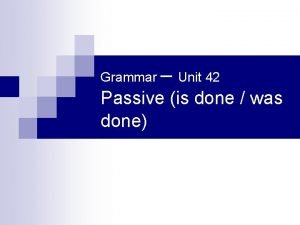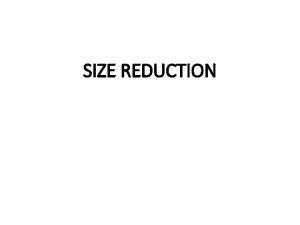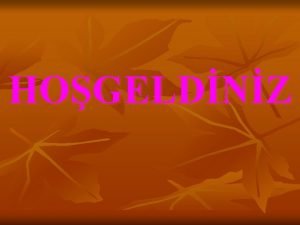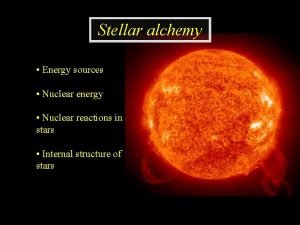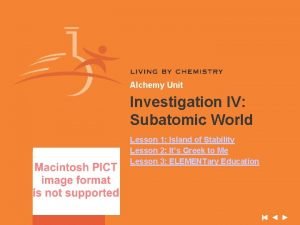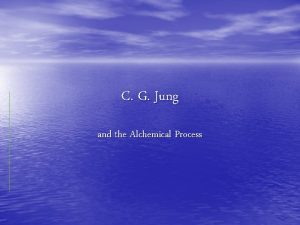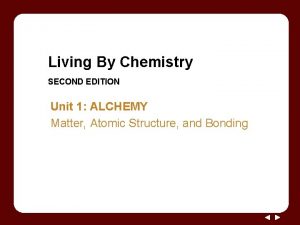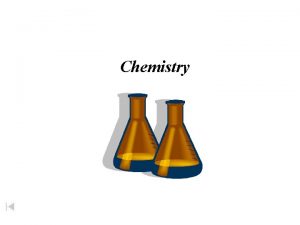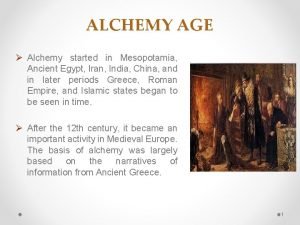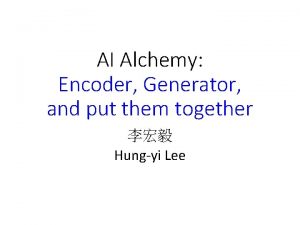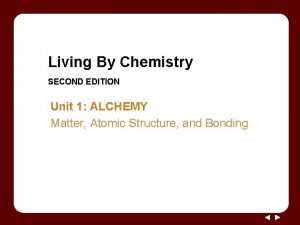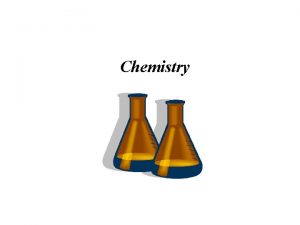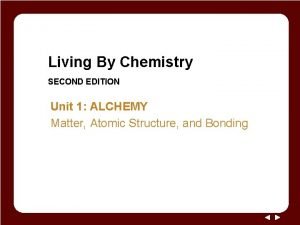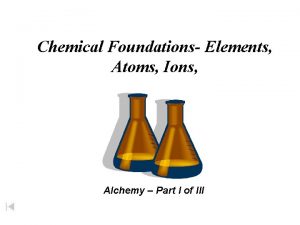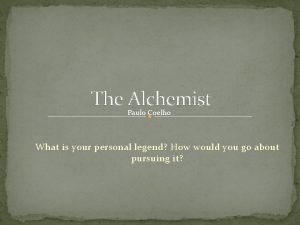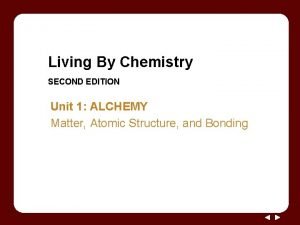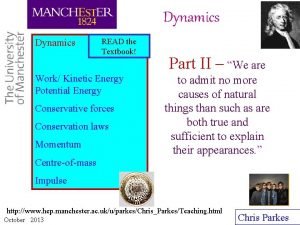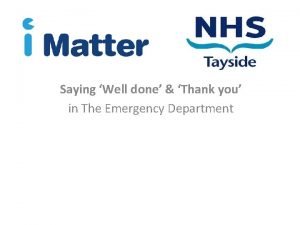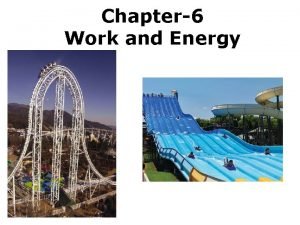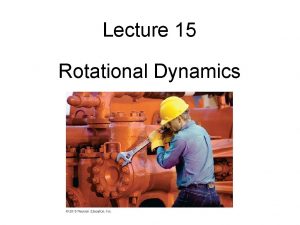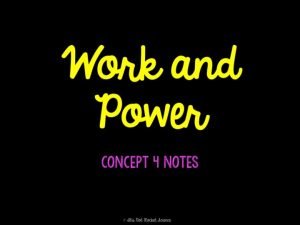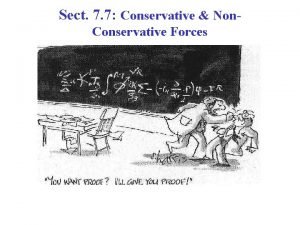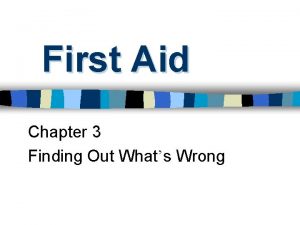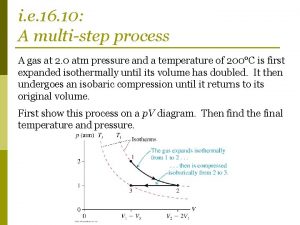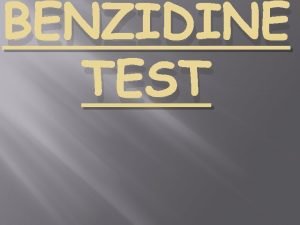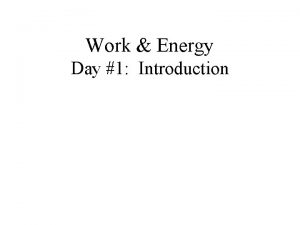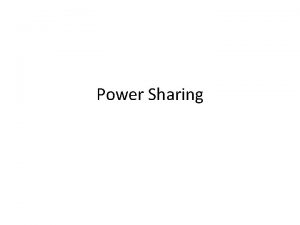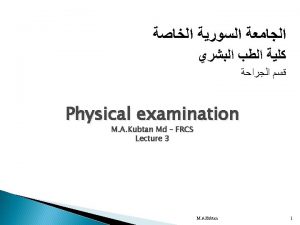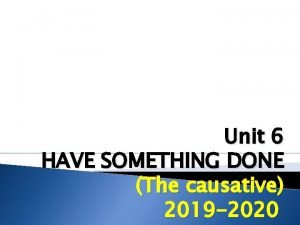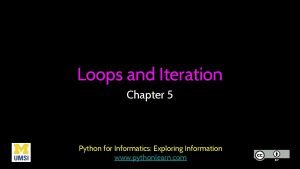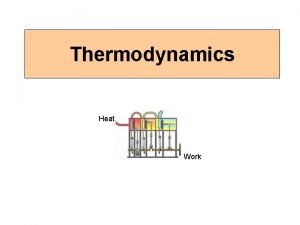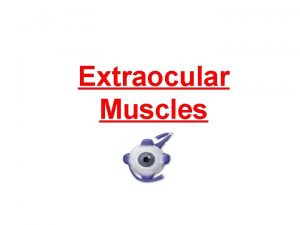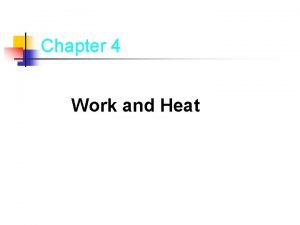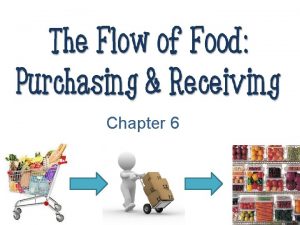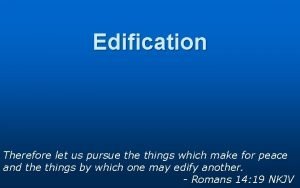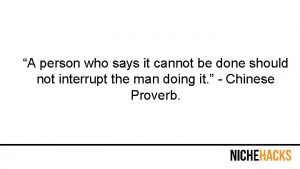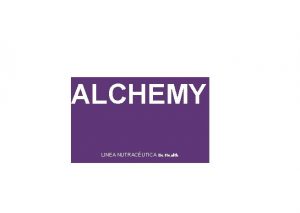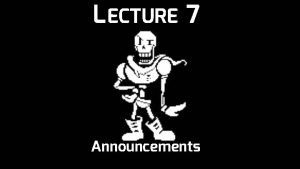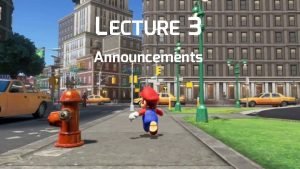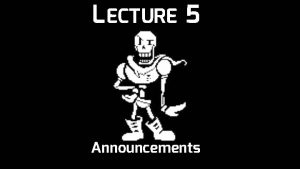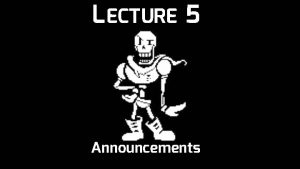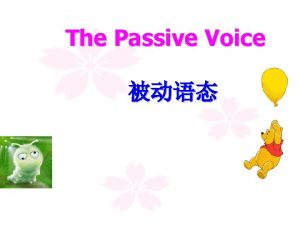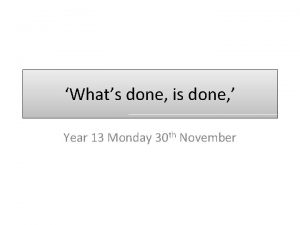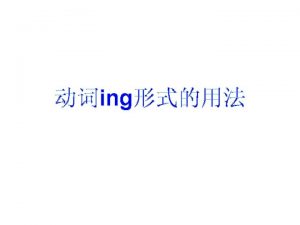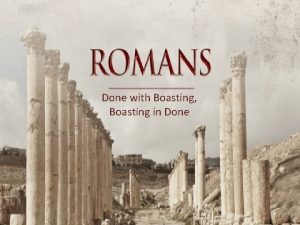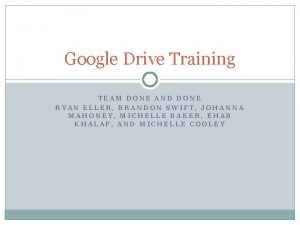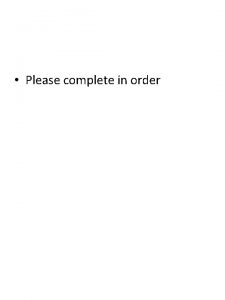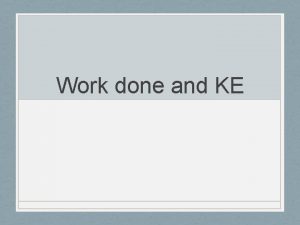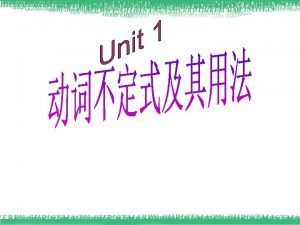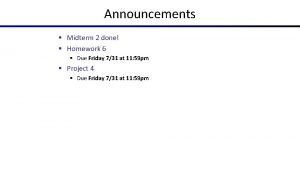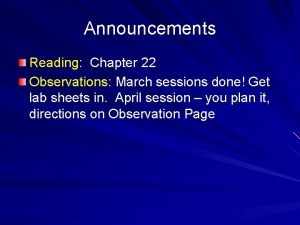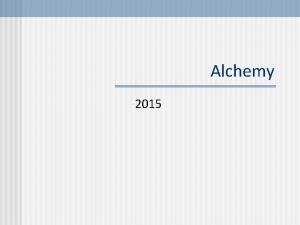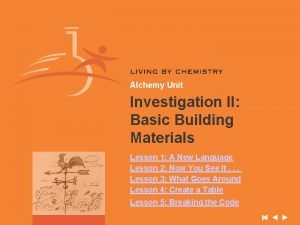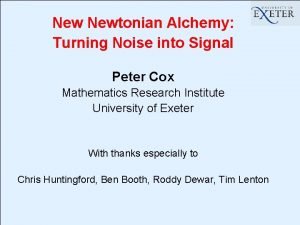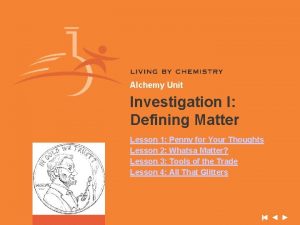L ECTURE 2 Announcements Alchemy 1 is done



















































- Slides: 51

L ECTURE 2 Announcements

Alchemy 1 is done! • Initial feedback for Alchemy 1 – Viewports are important – fix them now! – Panning/moving should be done on tick – Organize your projects well! If you’re unsure about your design, talk to a TA – Keep our support code in a separate folder. Helps us grade. • Next week your game will really start to take form!

Don’t Forget Tic • Retries should all be returned – Please send us an email after you handin any retry • A few more tips for the future… – Watch out for edge cases – Plan out game/engine separation before you start

Announcements QUESTIONS?

L ECTURE 2 Graphics II

Graphics II WHAT’S A SPRITE?

THIS IS A SPRITE

Sprites as Bitmap Data • “Raster” graphics • Pre-constructed images dynamically placed on the screen • Designed to represent one type of object in a game – Objects may reference different sprites depending on state

Typical Sprite File Format • Multiple sprites per file • Additional information often (but not always) in config files: – Padding – Size – Locations of a particular object’s sprites

Formatting “Standards”

Keep In Mind • Bounding box info and sprite info should be separate • But keep in mind that they will need to coordinate with each other

Graphics II IMPLEMENTING SPRITES

Sprite Loading • • You should only load a sprite sheet image once – Each behavior using the sprite maintains a reference to the sprite sheet Consider making a Resource class which loads in sprite sheets – Load in image – Handling image index for different sprites – Generalizable to other assets like maps, sounds, text, etc…

Drawing Sprites • About g. draw. Image(. . . ) • Rare exception to the no Java. FX rule: – You’re going to need to make a Java. FX image. – Pass the RELATIVE file path • Your drawing routine should handle different padding and formats

Relative Paths • For All Resource Files: – Don’t use absolute paths – “/gpfs/main/home/<login>/course/cs 1971/ta c/resources/spritesheet. png” is bad – “resources/spritesheet. png” is good – Absolute filepaths won’t work when we/your classmates try to test your game

Drawing Sprites • Draw rectangular chunks from sprite sheet to the canvas • Don’t cache sub images – It isn’t worth the space/time tradeoff • Remember to draw from your single sprite sheet reference

Sprite. Behavior • Has a reference to sprite sheet resource • Should implement draw(Graphics. Context g) • Once it has a Graphics. Context object, it can draw itself

Transform. Behavior • Where should the Sprite. Behavior draw the image? • How big should the image be? • Transform. Behavior- stores a position and size • The Transform. Behavior is special – All game objects should have one, separate from their behavior list

Graphics II QUESTIONS?

L ECTURE 2 Collision Detection I

Collision Detection I MOTIVATION

Collisions have consequences • Collision detection is central to the vast majority off games • They’re very important

What do we want to collide? • • Points Circles Axis-Aligned Boxes Convex polygons C – Not covered r dim = (w, h) h max P w y – Covered soon. TM • Other shapes x min P 2 P 1 P 3 P 5 P 4

Collision Detection I DETECTION ALGORITHMS

Point-Circle • Check if the distance between the point and the center is less than or equal to the radius • ||P - C||2 ≤ r 2 P C d r C P d r

Circle-Circle • Check if the distance between the two centers is less than or equal to the sum of the radii • ||C 1 - C 2||2 ≤ (r 1 + r 2)2 d C 1 r 1 d r 2 C 1 r 2 C 2

Point-AAB • Check if the point is within range on each axis • minx ≤ px ≤ maxx AND miny ≤ py ≤ maxy x min P P max y x max y

Circle-AAB • Check if closest point to circle on AAB is in circle – Closest point: clamp C. x, C. y to [min. x, max. x], [min. y, max. y] – Then just do point-circle collision C C min P=C d=0 min P d r min P r max max

AAB-AAB • Ensure overlap on each axis • Project each box onto x and y axes • Find all four Intervals, test for overlaps

Projection • Imagine a light source with parallel rays • Shape is between light source and axis • “Shadow” cast on axis is shape’s projection onto that axis

Creating Projections • Find the axis you want to project onto – This should be a normalized vector (length 1) – Vec 2 d has a normalize method • x axis = Vec 2 d(1, 0) • y axis = Vec 2 d(0, 1)

Creating Projections • To project a point, take its dot product with the projection axis – double p = point. dot(axis) – Store p for later • Vec 2 d has a dot product method

Creating Projections • To project an AAB onto the x axis: – Project the top left and bottom right points onto the x axis – Store the two doubles in an Interval – The space between them on the x axis is the projection (shadow) of the AAB on the x axis 1 4 (1, 3) y (4, 5) x

Projections ⇒ Collisions • For each axis, check if the corresponding Intervals overlap – There should be two Intervals for each axis • Intervals A and B overlap if and only if: – A min ≤ B max AND B min ≤ A max • If both axes overlap, the shapes are colliding

Interval Class • Stores two projections public final class Interval { private double min; private double max; public bool overlap (Interval other) }

Collision Detection I COLLISION BEHAVIOR

Shapes • AAB and Circle classes inherit from the same abstract class – Shape attributes – Implement collision checks • Point collisions are only for the mouse; no separate class needed

Collision Behavior • Contains collision information for a game object • Holds the specific Shape for that Game. Object

Collision System • Keeps track of all game objects that can collide • Loops through all pairs of registered objects • Checks if each pair is colliding • If there is a collision, both are notified- only go through each pair once

Expanded Contract public void tick(long nanos. Since. Last. Tick); public void draw(Graphics 2 D g); public void collide(Game. Object o);

Collision Detection I QUESTIONS?

Collision Debugger • Easy way to test collisions • Will give you stencil code • You fill in the math

L ECTURE 2 Tips for Alchemy 2

Removing Units • Beware the Concurrent. Modification Exception! • Consider a removal queue – This can be generalized to multiple phases of ticks

Sprites • You’ll need to have sprites in your game to make it pretty! • Lots of sprites on the internet • Stealing IP is fun and easy! – We do it every lecture – Be sure to call it fair use

Tips for Alchemy II JAVA TIP OF THE WEEK

Double Dispatch • If you have a Circle and an AAB but only know that they’re Shapes, how do you determine which method to call? void test. Collide() { Shape s = new Circle(); Shape s 2 = new AAB(); s. collides(s 2); } interface Shape { collides(Circle c); collides(AAB aab); collides(Shape o); } boolean collides(Shape o) { if (o instanceof Circle) { return collides((Circle) o); } else if (o instanceof AAB) { return collides((AAB) o); } else { throw new Illegal. Argument. Exception(); } }

Double Dispatch interface Shape { collides(Shape o); collides. Circle(Circle c); collides. AAB(AAB aab); } public class Circle implements Shape { collides(Shape o) { return o. collides. Circle(this); } collides. Circle(Circle c) { /*code*/ } collides. AAB(AAB aab) { /*code*/ } } public class AAB implements Shape { collides(Shape o) { return o. collides. AAB(this); } collides. Circle(Circle c) { /*code*/ } collides. AAB(AAB aab) { /*code*/ } }

Anonymous Methods • Essentially an in-line class/interface • All anonymous methods are inner classes – And therefore have a reference to the instance that creates them interface Key. Handler { public void on. Key. Pressed(Key. Event e); } void add. Key. Handler(Key. Handler h) { /*code*/ } void init() { obj. add. Key. Handler(e -> { /*code*/ }); }

Tips for Alc II QUESTIONS?

ALCHEMY 1 PLAYTESTING YAY!
 Unit 44 passive 3
Unit 44 passive 3 Classification of size reduction
Classification of size reduction Aldanma cahilin kuru lafına
Aldanma cahilin kuru lafına What two announcements did montag hear
What two announcements did montag hear Pvu announcement today
Pvu announcement today Kluver bucy syndrome
Kluver bucy syndrome R/announcements!
R/announcements! General announcements
General announcements Church announcements
Church announcements Stellar alchemy
Stellar alchemy Subatomic alchemy
Subatomic alchemy Stages of alchemy jung
Stages of alchemy jung Lesson 11 atomic pudding models of the atom answer key
Lesson 11 atomic pudding models of the atom answer key What is alchemy in chemistry
What is alchemy in chemistry Better tm
Better tm Alchemy egypt
Alchemy egypt Alchemy compute units
Alchemy compute units Atomic alchemy
Atomic alchemy Alchemy chemistry
Alchemy chemistry Tutorhub alchemy
Tutorhub alchemy Atomic alchemy
Atomic alchemy Alchemy silver symbol
Alchemy silver symbol Daoist alchemy
Daoist alchemy Why does coelho open with the modified myth of narcissus?
Why does coelho open with the modified myth of narcissus? Unit 1 alchemy lesson 20 worksheet answers
Unit 1 alchemy lesson 20 worksheet answers Design done right
Design done right Work done by friction
Work done by friction Gaya tetap adalah
Gaya tetap adalah Well done and thank you
Well done and thank you Let your will be done
Let your will be done Si unit for kinetic energy
Si unit for kinetic energy Work done in rotational motion
Work done in rotational motion Done with work today
Done with work today Examples of conservative forces
Examples of conservative forces When is secondary survey of the victim done
When is secondary survey of the victim done Do we our life done
Do we our life done Isothermal work
Isothermal work Benzidine blood test
Benzidine blood test Define work done
Define work done Intelligent sharing of power is among
Intelligent sharing of power is among Tympany sound percussion
Tympany sound percussion The art of getting things done through people
The art of getting things done through people Have something done exercises doc
Have something done exercises doc Iteratio.n5
Iteratio.n5 Monday done right meaning
Monday done right meaning Work done pressure volume
Work done pressure volume Superior oblique origin insertion
Superior oblique origin insertion Work done in polytropic process
Work done in polytropic process Thy will be done bible
Thy will be done bible Suppliers' inspection reports should be based on
Suppliers' inspection reports should be based on Let all things be done for edification
Let all things be done for edification The person who says it cannot be done meaning
The person who says it cannot be done meaning
